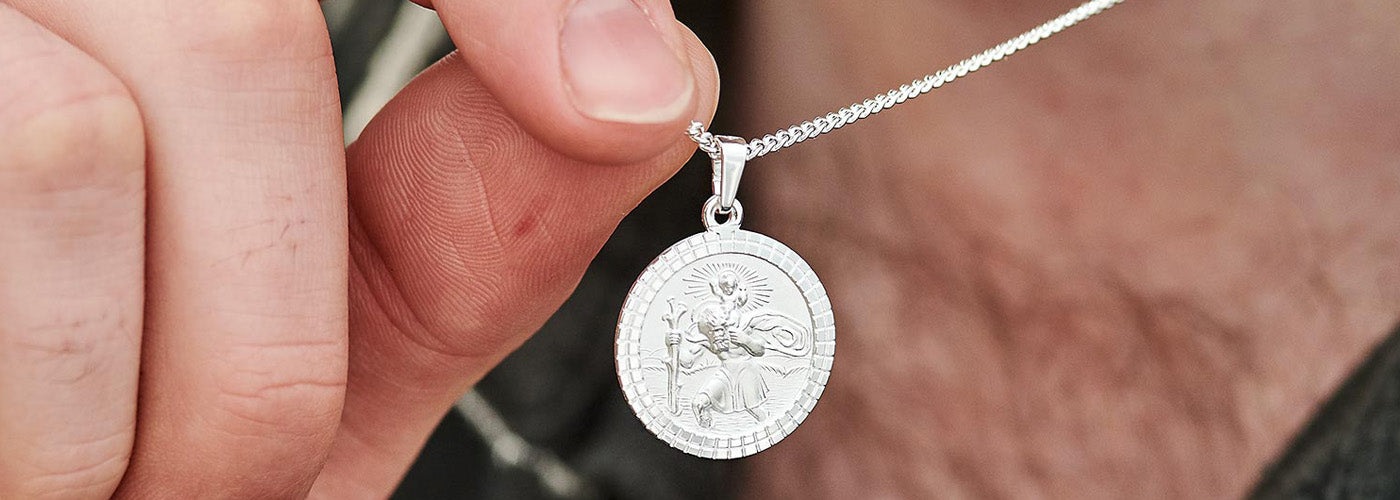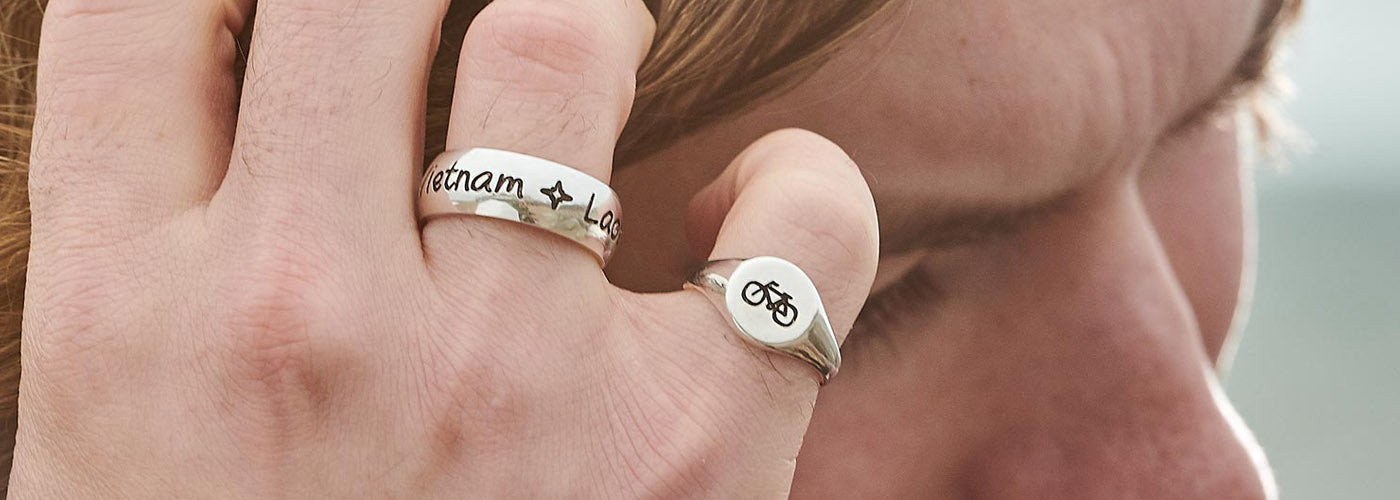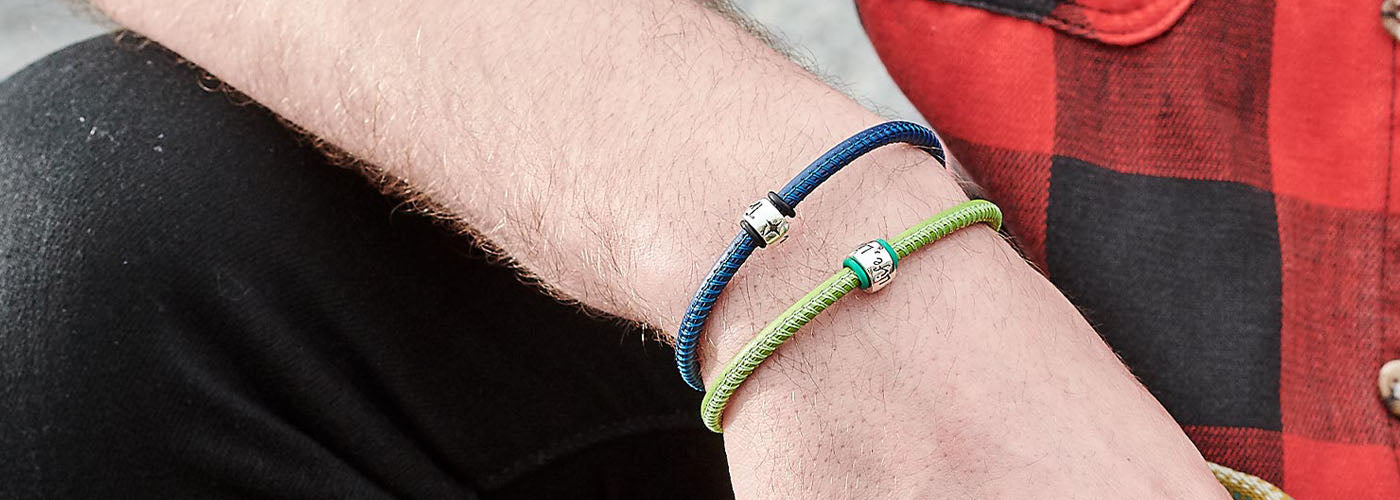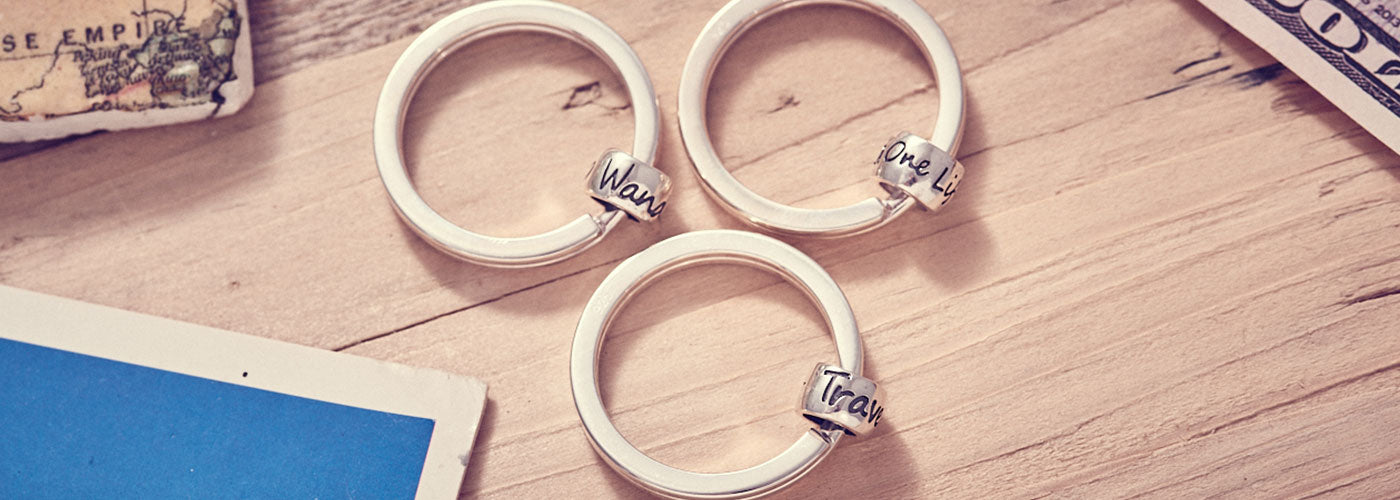The sacred marks of the runic alphabet are one of the earliest forms of writing and were used as carved protective symbols that bring luck and protection to those who carried them.
In this post you are going to learn what runes are, their history, meaning and why you should travel with them.
What Are Runes?
Runes are letters in what’s known as the runic alphabet. This alphabet was used to write various Germanic languages before the adoption of the Latin alphabet. The first developed system of writing was using the runic alphabet.
Runes are not just a means of communication by written and spoken language. The word “rune” means secret or mystery. Runes were replaced by the Latin alphabet over 1000 years ago but their use has persisted for other specialised purposes such as decoration, divination and protection.
Runes are generally made up of vertical lines with branches or ‘twigs’ jutting out diagonally, upwards, downwards or in a curve. They can be written from left to right and right to left.
The runic alphabet is also called “futhark” are the first 6 letters in the alphabet which are: Fehu, Uruz, Thurisaz, Ansuz, Raidho and Kaunan. Not all the original names of each rune are known and the names we do know have been reconstructed from Common Germanic and Old English.

The History of Runes
The origin of the runic alphabet is shrouded in mystery.
The mythological origin of Runes has always been associated with the god of magic and wisdom, Odin. He was revered to be the highest magician. Odin was always in search of absolute knowledge but this knowledge could not be attained by the simplistic human senses.
It is said that Odin had to renounce an eye in order to be able to drink from the spring of wisdom. He then mortally hurt himself with a spear and hung from a tree for 2 days and 2 nights. The 24 magical runes were revealed to him when death was drawing near. The images of these runes were spread across the and by Odin.
As the cults of Odin rose to power, runes and runestones remained under his magical domain.
The earliest confirmed runic inscription dates back to 160CEin Denmark. Scholars estimate the inscriptions result from at least 100 years of experience of writing in runes.
Runes are presumed to have been derived from one of the many Old Italic alphabets used among the Meditteranean people of the first century CE who lived to the south of Germanic tribes.
Runes were prominently written and read from 160CE onwards. There are four main runic scripts that eventually came into being, there are:
- Elder Futhark in Scandinavia (160-700 CE)
- Younger Futhark of the Viking age (700 - 1200 CE)
- Anglo-Saxon Futhorc writing system in Egland and Frisia (500 - 1000 CE)
- Fully formed Medieval Futhark (from 1300CE)
During the Viking Age, large amounts of inscribed runestones were erected throughout Scandinavia. Runes are found in countries with a history of Germanic-speaking people. This extended from Iceland to Scandinavia, England and Central Europe.
The use of runes in Scandinavia extended well into the Middle Ages and beyond.

The Meaning of Runes
Runes functioned as letters but they were much more than just letters as we understand today. Each rune symbol was an ideographic or pictographic symbol of some cosmological principle or power. To write or engrave a runic symbol was to invoke and direct the force it stood for.
There are 24 runes and each one has a name which is almost always based on the first sound of each symbol. The name and look of each rune hinted at the philosophical and magical significance. The characters contain their own magical attributes. Each rune’s pronunciation carries meaning as well.
This makes runes symbols of significance and visual representation of spoken magic. The words that runes make up contain more meaning and intention in the sounds they create when spoken.
In the pre-Christian Germanic worldview, the spoken word has strong creative powers. Scandinavian scholar, Catharin Raudvere notes “The impact of a sentence uttered aloud could not be questioned and could never be taken back, as if it has somehow become physical. Words create reality, not the other way around.”
Runes were not only a means of communication between humans, they are meaningful symbols that can be read and understood by invisible powers who animate the visible world. This allows runes to be used for a plethora of magical acts.
Runes were used to contact the dead, for protection, good luck and safety. They were used for divination and as a means of contacting other planes of existence.
Runes can be carved into wood, bone, shells, paper and stone. They can also be engraved onto metals such as silver and gold and worn as jewellery. By manually carving runes, a stronger connection is created between the rune and the person who carved it.

Runic Symbols for Travel
Runes make the perfect travel charm. Travelling with runes will bring positive energy with you on your journey. There are many special runic symbols related to travel. Travelling with runes can provide you with protection and good luck on your journey. They are perfect for backpackers, adventurers, hikers and frequent fliers alike.
Runes carved into silver necklace pendants, bracelets and keyrings are the perfect travel charm to bring these ancient protective symbols into the modern age of travel.
There are 6 runes most commonly associated with travel. Here is their symbol, name and meaning:

Travel Jewellery with Runic Symbols
Off The Map Jewellery crafts a range of unique silver jewellery with the runic symbols for travel engraved.
Necklace pendants
Off The Map has necklace pendants on a silver chain or a leather cord with your choice of runic symbol. Your chosen rune is carved into an organic shaped silver peddle pendant.

We also have a Viking pendant featuring all 6 travel runes. The back of this pendant can also be engraved with a personalised message to make this travel charm even more meaningful.

Solid Sterling Silver ID Bracelet
Our runic ID bracelet is made from a nautical-themed silver link chain and carved with all 6 travel runes. It comes in two lengths to suit men and women.

Climbing Carabiner Silver Keyring
Our runic silver keyring is a must for any traveller who doesn’t wear jewellery. The keyring features one runic symbol of your choice carved into an organically shaped silver pebble tag which is attached to a screw-closure carabiner key ring.
You can fix it to your backpack or use it for your keys to carry luck and protection everywhere you go.

Lucky Rucksack Tag
Our original Off The Map Lucky Rune Rucksack Tag is another great choice for those who don’t wear jewellery. It is solid sterling silver and carved with 6 lucky Runic symbols.
Each tag comes hand-stitched to a Runic meaning card.

If you or someone you love is a traveller get the special gift of a runic piece of jewellery so they can benefit from the ancient good luck and protection of Viking runes.










